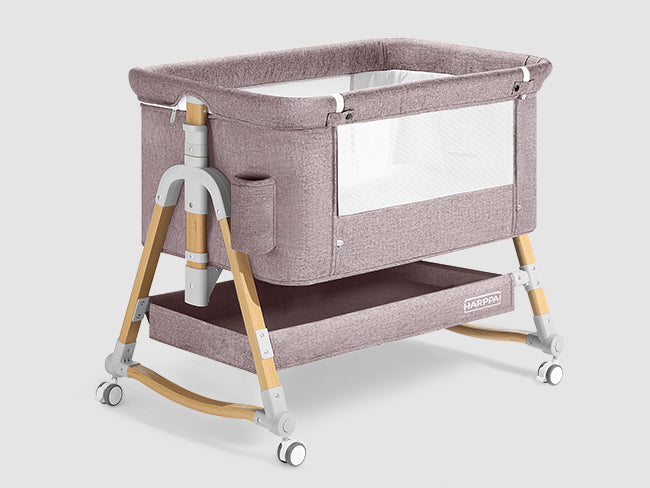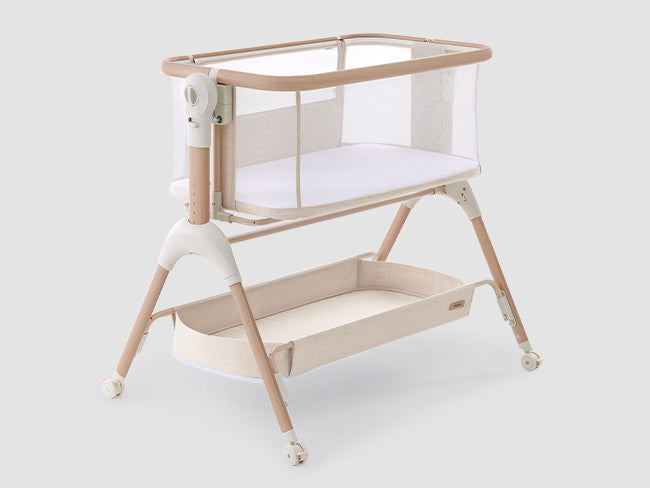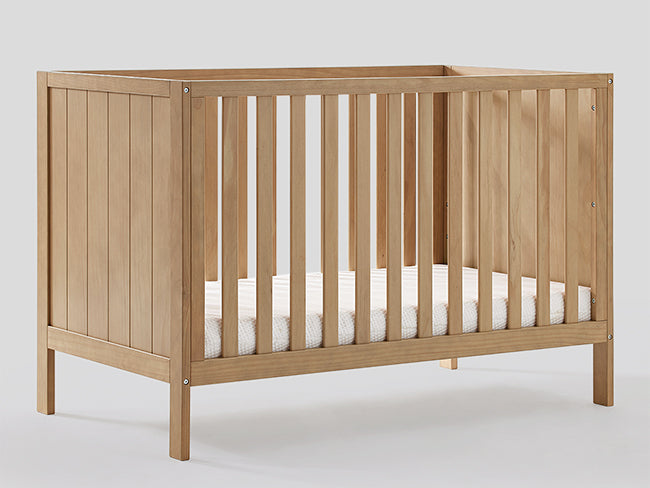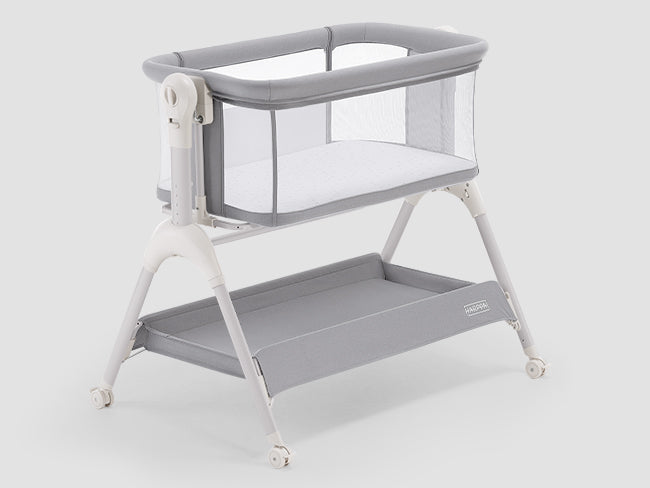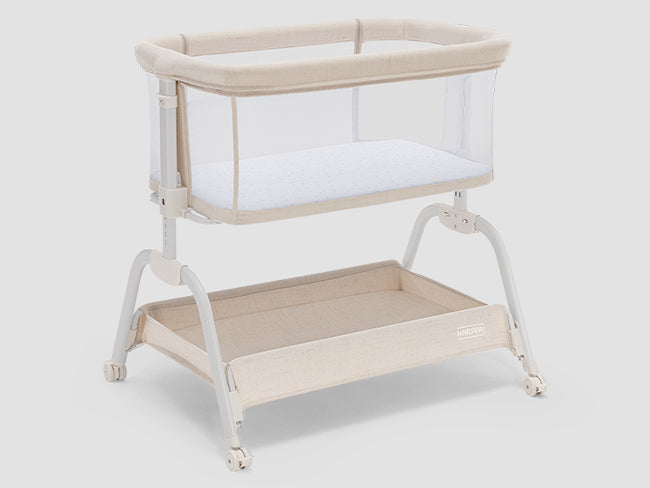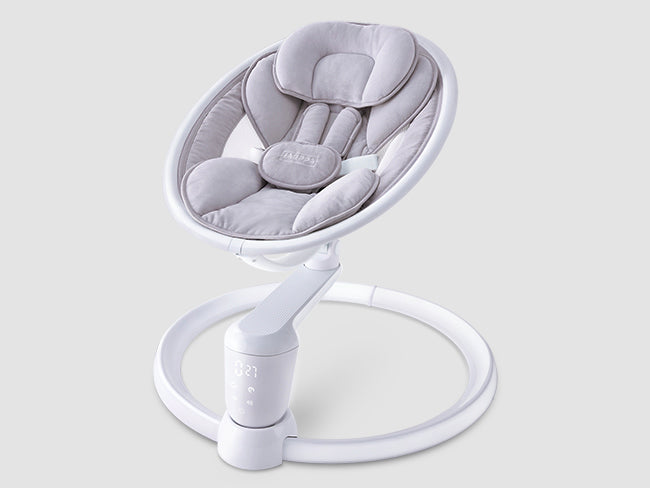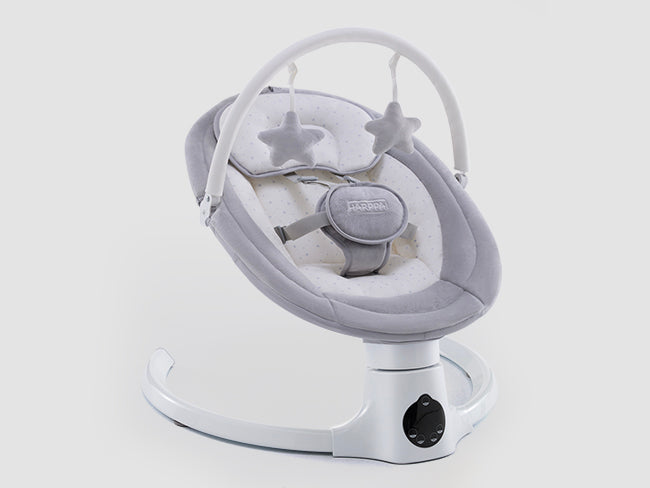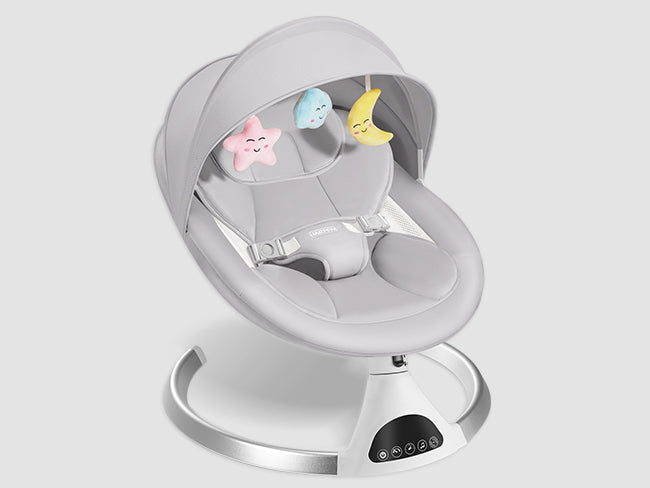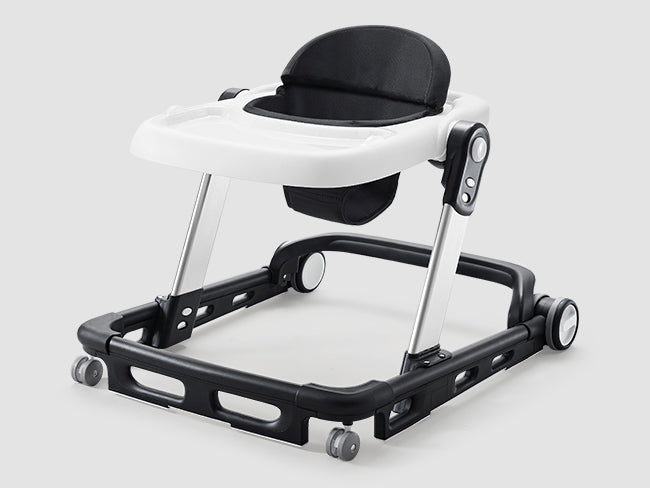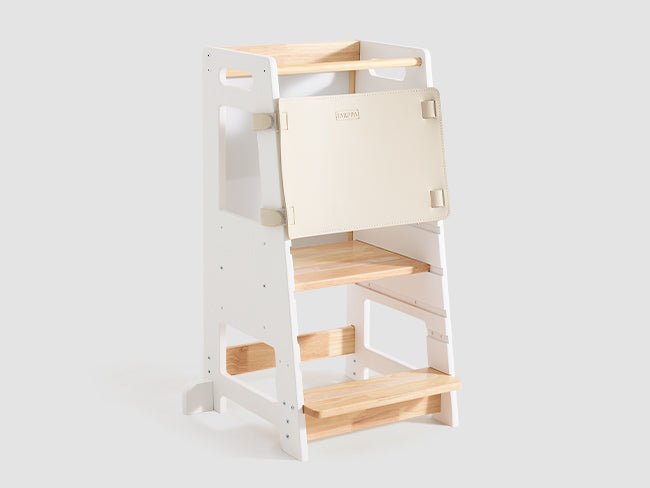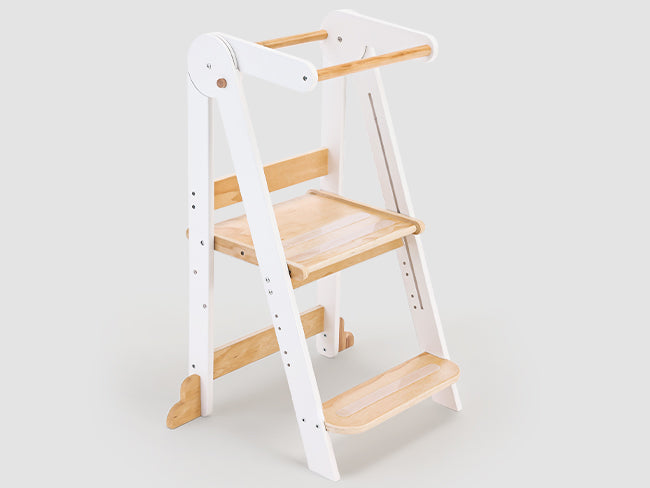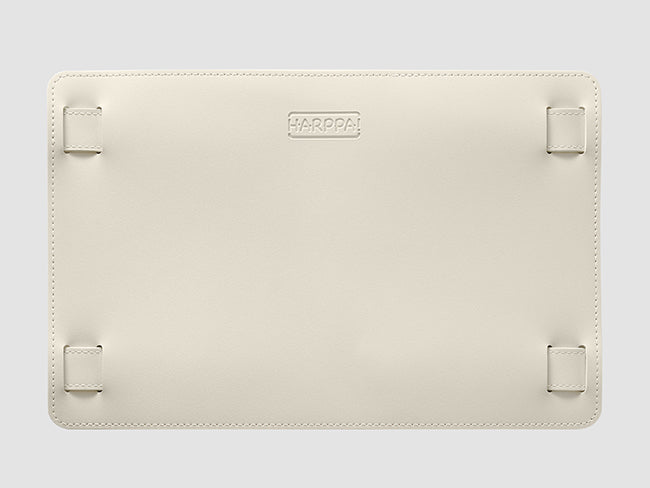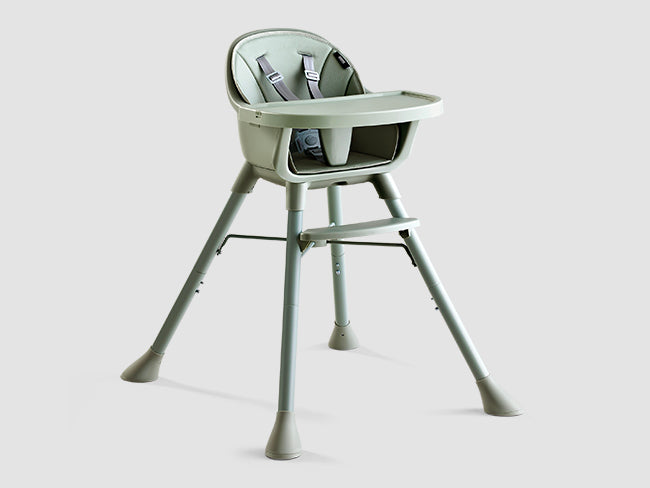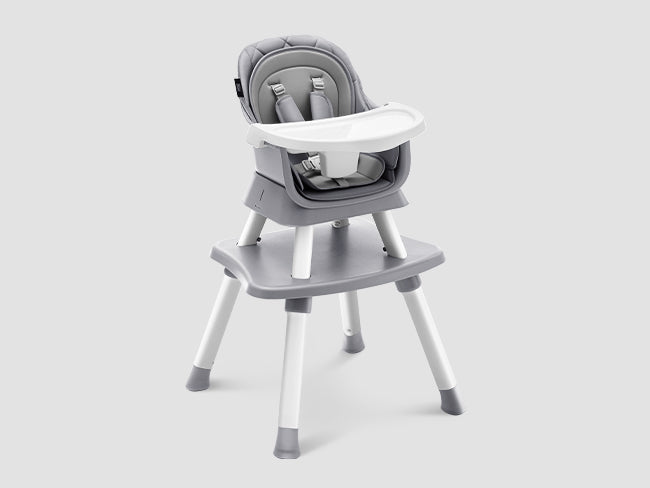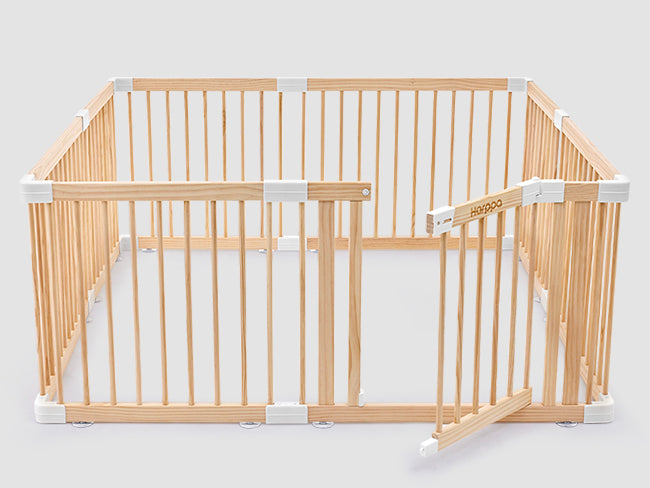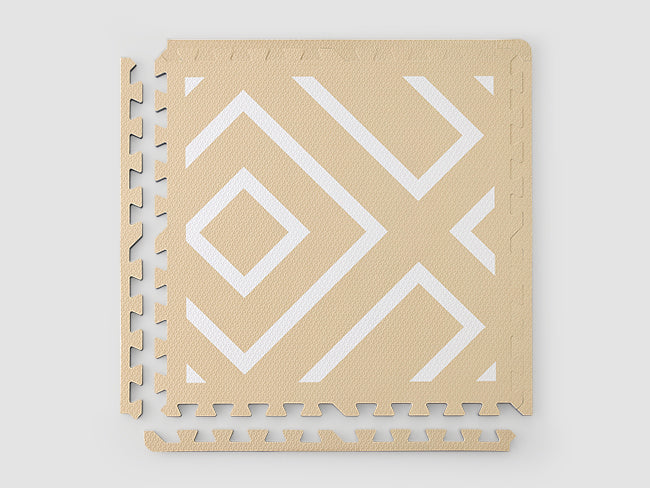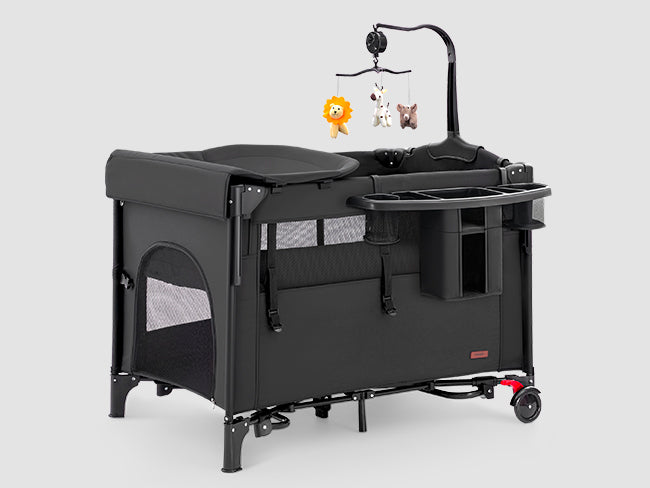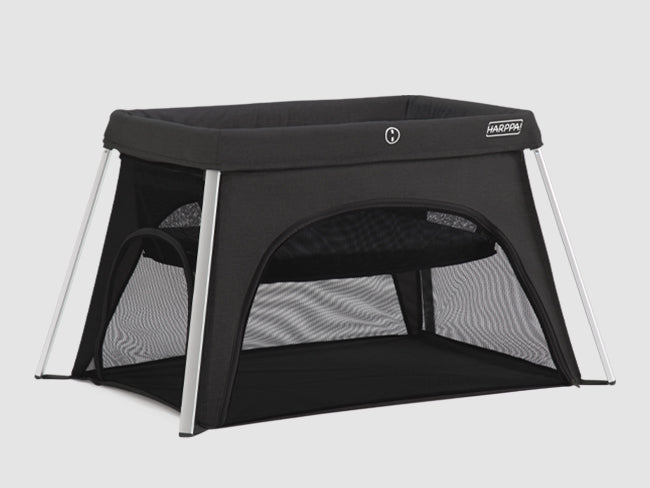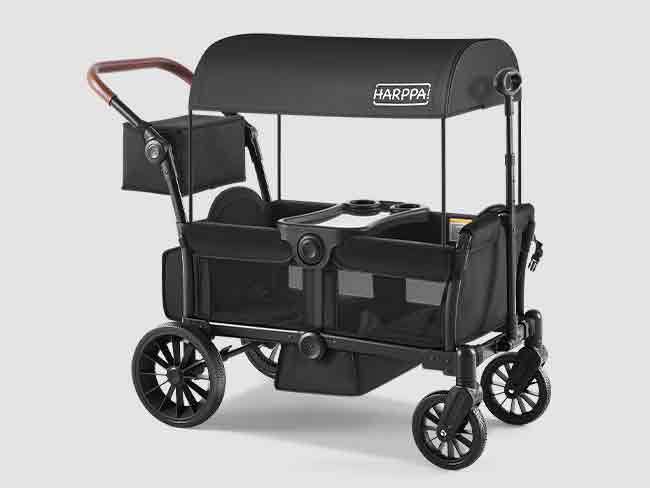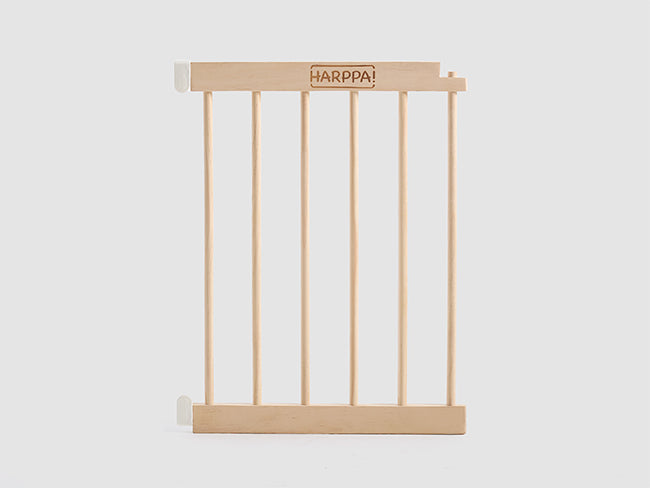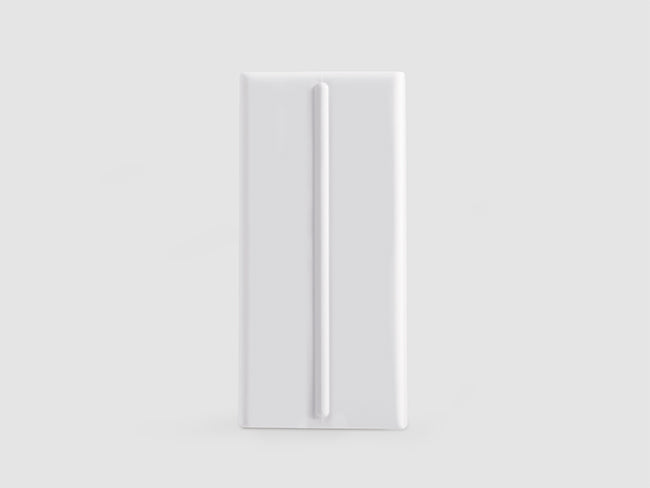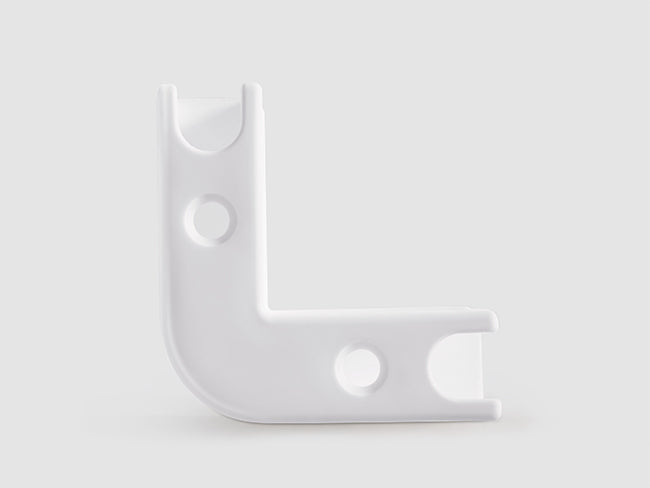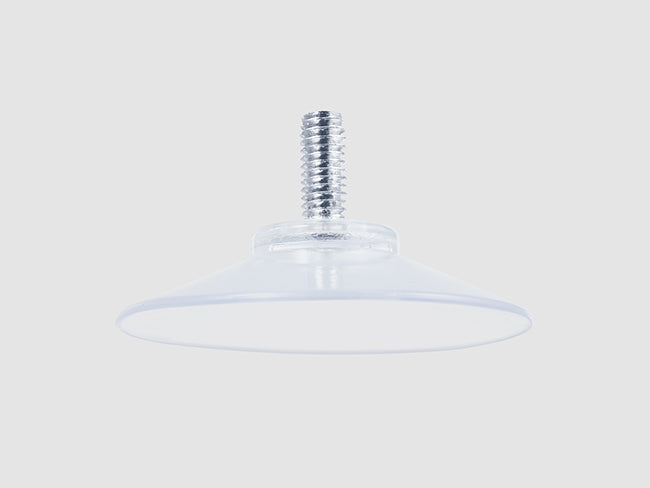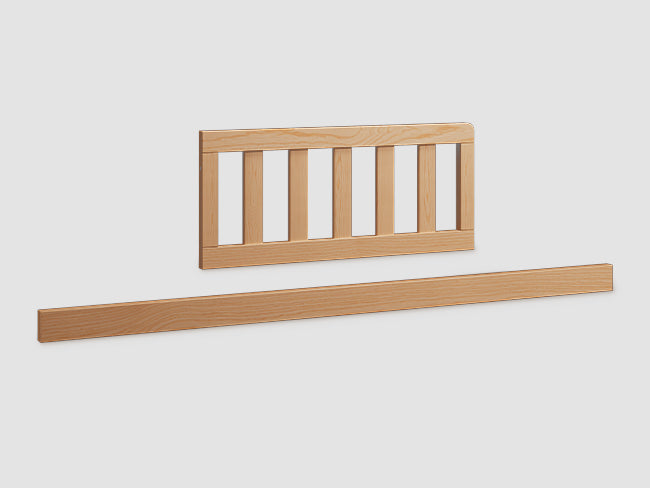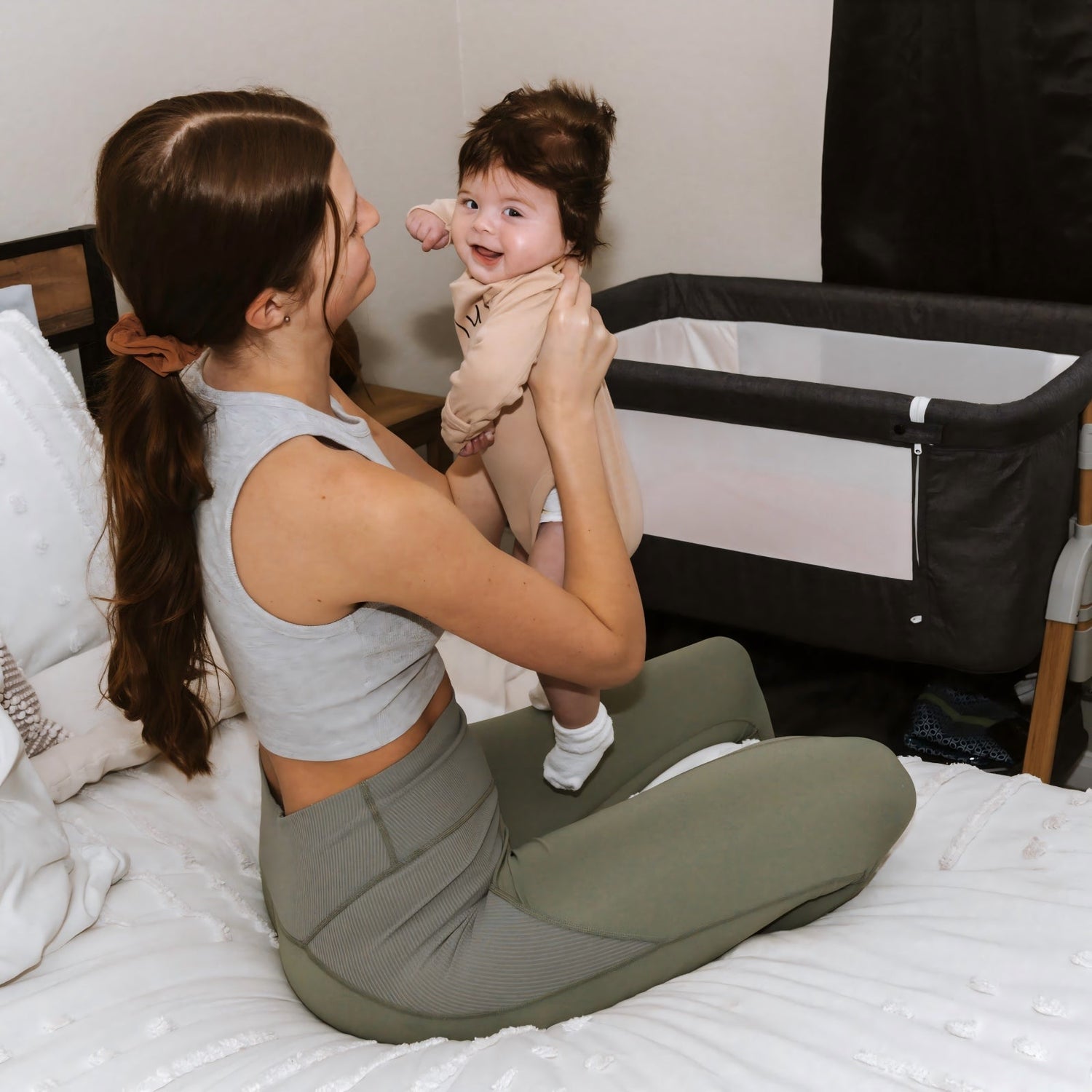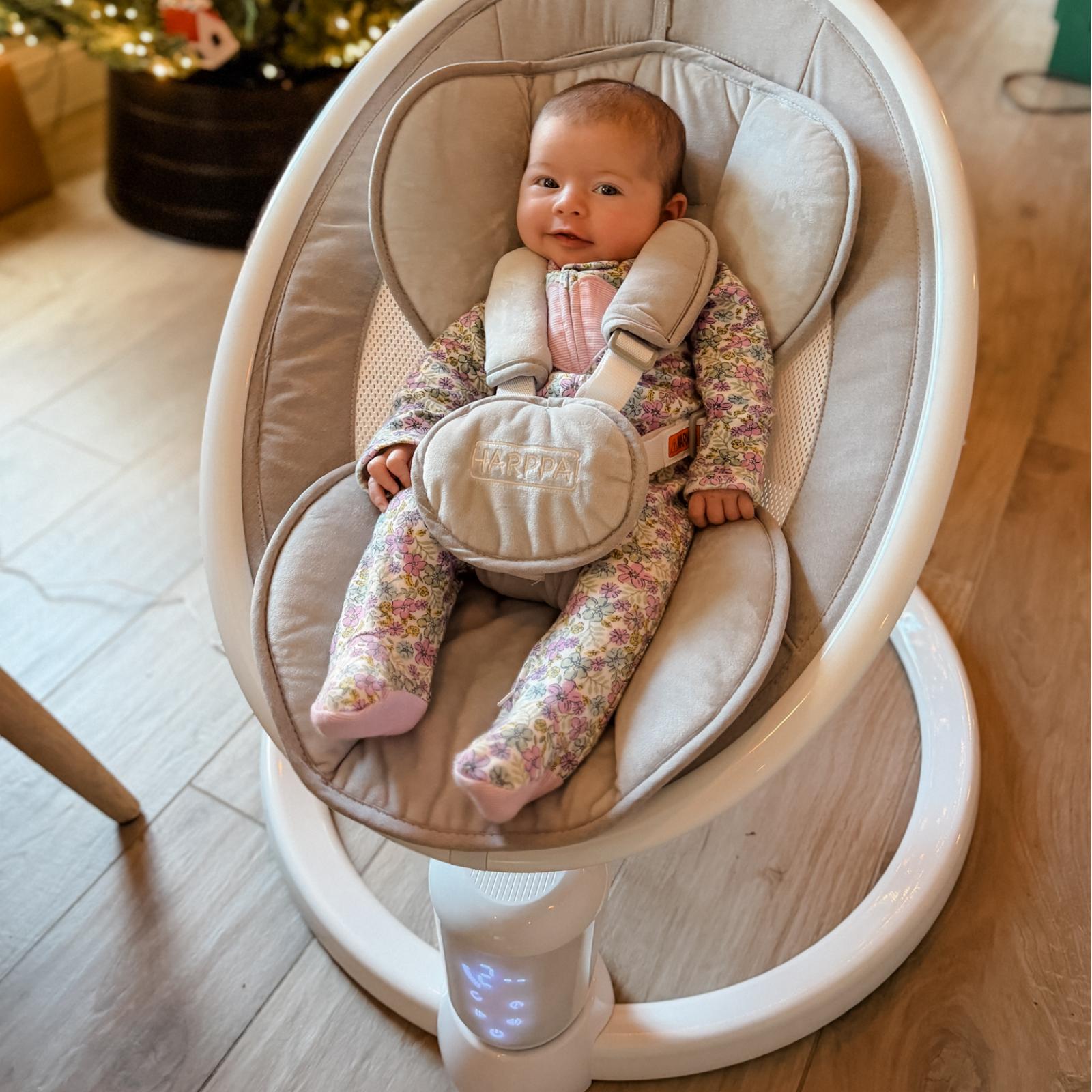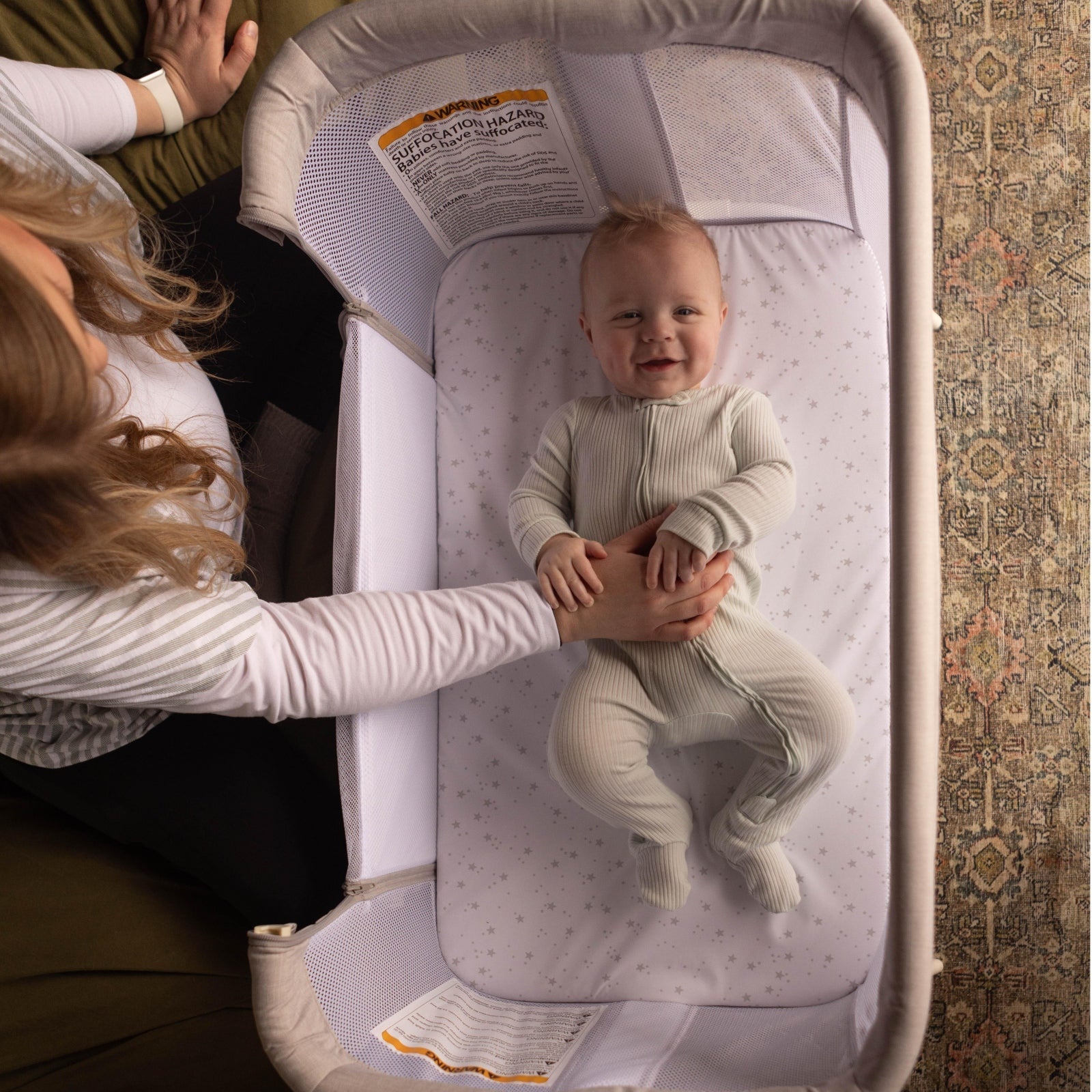Welcome to the most important (and most confusing) relationship of your life!
You’re constantly trying to decode the tiny human who just arrived. Why are they crying? Are they hungry? Tired? Or just mad at the lighting? If you’ve ever wished your newborn came with a "How-To" manual, you are definitely not alone. The frustration of feeling like you can't understand your baby is one of the biggest sources of new parent anxiety.
Here at HARPPA, we believe that understanding your baby's needs is just as crucial as ensuring their safety with high-quality gear. That’s why we’re breaking down the Unspoken Language—the 10 key body cues your baby is sending you, even before the tears start.
Learning to "read" your baby's body is the ultimate parenting superpower. Let's decode this "secret language" together!
The HARPPA Decoding Manual: 10 Body Cues Explained
A. The “I’m Hungry!” Signals (The Quickest Wins)
Catching these signs early means you can feed your baby before they dissolve into a full-blown cry, making the feeding experience much calmer for everyone!
| Cue # | The Body Language | What Your Baby is Saying | Your Calm Response |
| 1. | The Rooting Reflex / Head Turning | “I’m hungry, and I’m actively searching for the source!” | Gently guide your baby to the breast or bottle. Their head will turn rapidly toward anything that brushes their cheek. |
| 2. | Little Hands to Mouth / Lip Licking | “My stomach is empty—it’s time to start preparing the food!” | This is an early and clear hunger signal. This is your cue to sit down, prepare the bottle, or get comfortable for a feed. |
| 3. | Clenched Fists | “I’m tense and stressed because my energy is low.” | While this can also signal overstimulation, in combination with Cues 1 & 2, it often means mid-stage hunger. |
B. The “I Need to Sleep” Signals (The Napping Window)
Miss these cues, and you'll likely face the dreaded overtired meltdown. Catching them early is the secret to a smoother transition to naptime.
| Cue # | The Body Language | What Your Baby is Saying | Your Calm Response |
| 4. | Zoning Out / Staring Off | “My brain is ready to shut down. Lights out, please.” | This is the golden window! Immediately start your quiet sleep routine (dim the lights, swaddle, sing a song). |
| 5. | Ear Pulling / Eye Rubbing | “My senses are overloaded, take me to a quiet place now.” | These are classic signs of fatigue. Don't delay—go directly to the crib or bassinet. |
| 6. | Frequent Yawning | “I am so tired. Please don’t try to engage me with a toy right now!” | The most obvious, but often the last warning before the meltdown begins. |
C. The “I’m Doing Great!” Signals (The Quiet Joy)
These are the signals every parent lives for—proof that your baby is content, happy, and feels completely secure in your world.
| Cue # | The Body Language | What Your Baby is Saying | Your Calm Response |
| 7. | Open Arms / Relaxed Hands | “I am calm, safe, and totally satisfied right now.” | Take a deep breath! Enjoy this rare moment of peace. You can use this time for gentle skin-to-skin or simply to rest your own arms. (Tip: This is often the pose babies hold while secured in a safe space, like their HARPPA Cuddly Bassinet.) |
| 8. | Rhythmic Sucking (when not feeding) | “I’m self-soothing and exploring my world with my mouth.” | Offer a clean hand or a pacifier. This shows you how capable your baby is of calming themselves down. |
D. The “Something Is Off” Signals (The Call for Help)
These signals require quick attention, as they often point to digestive discomfort or a need for external soothing.
| Cue # | The Body Language | What Your Baby is Saying | Your Calm Response |
| 9. | Arching Back / Legs Drawn Up | “My tummy is hurting! I need help with gas or a burp!” | Could be gas, reflux, or colic. Try the "airplane hold" or gently bicycle their legs to help release the pressure. |
| 10. | The Startle Reflex / Jerky Movements | “It’s too loud/bright/fast! I feel unsafe and I’m getting overwhelmed.” | This is a normal neurological reflex. Swaddling helps contain these movements, giving them back the feeling of security they had in the womb. Immediately reduce noise and light. |
Your Secret to Confident Parenting
Learning these 10 body cues gives you the ultimate parenting tool: Confidence. Every time you successfully "decode" a message, you reinforce the bond with your baby and reduce your own anxiety. You are proving to yourself that you do understand your child.
Remember: Parenting is a process of learning, and even when you can’t figure out the exact reason for the fuss, always go back to the basics: Is their tummy full? Are they dry? Are they safe and held?
At HARPPA, we design intuitive, safe products—like our easy-to-use Weddell Orbit Swing for gentle comfort, or our Grevia 5-in-1 Crib for a secure sleep space—to help you create an environment where these peaceful, contented signals can thrive.
What is the funniest "secret code" your baby has tried to communicate to you? Share your "translation" experience in the comments below!

